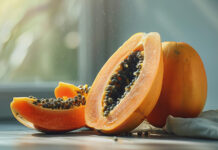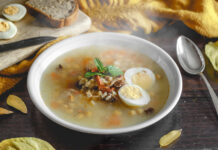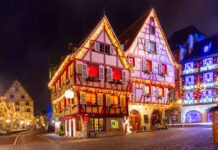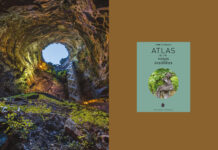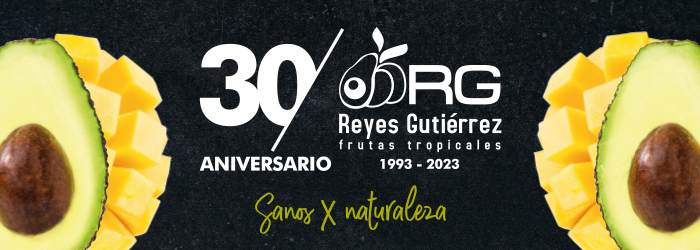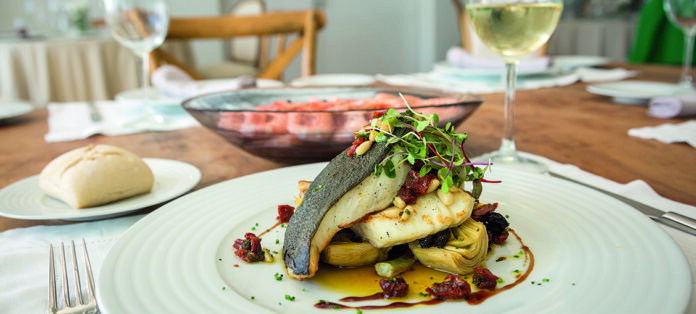Tourism, or travelling for pleasure, is the most powerful player in the economic development of Malaga province. For years the sun, beaches and golf have brought visitors from all over the world to enjoy the attractions of the province, including its gastronomy. Enjoying food is now an ever growing activity that is becoming more and more important in holiday destination choice. Food tourism has become a tool in diversifying the offer. And in fact, the World Tourism Organisation states that food tourism is one of the most creative and dynamic areas. The figures are very promising: the experts calculate that some 650.000 tourists will visit Andalusia for the food experience. This will in turn prompt new visitors to explore the province and all it has to offer.
Food is an inducement for more and more visitors and here Malaga is in a privileged position because it is one of the most prolific sources of excellent restaurateurs in Spain, proved by its eight Michelin stars, shared between seven restaurants. High-class cooking has grown into a bid for innovation and a desire to integrate local products and wines into cooking and eating. This has put Malaga at the head of Andalusian gastronomy and the province that can boast more stars in the region.
Food is a reason for travelling and Malaga can boast of its food diversity. We are immersed in the exhilaration of a booming segment of tourism. From Nerja to Manilva, through the Antequera and Ronda districts and into the rural areas, the province offers innumerable delicious dishes, each telling its history and traditions, that represent a sample of what Malaga renders to the tourist. The top chefs have been busily appropriating local products in their menus: the Malaga sucking kid, goat cheese, freshly caught fish, vegetables from the Guadalhorce valley, the raisins from the Axarquia district, to name but a few. And there is general consensus that our sweet wines are the very best and stand out world wide for their uniqueness. One does not just visit Malaga, one eats it all up.
(Traducción: Daniela Mathieson – Fotografía: Carlos Castro)
_







